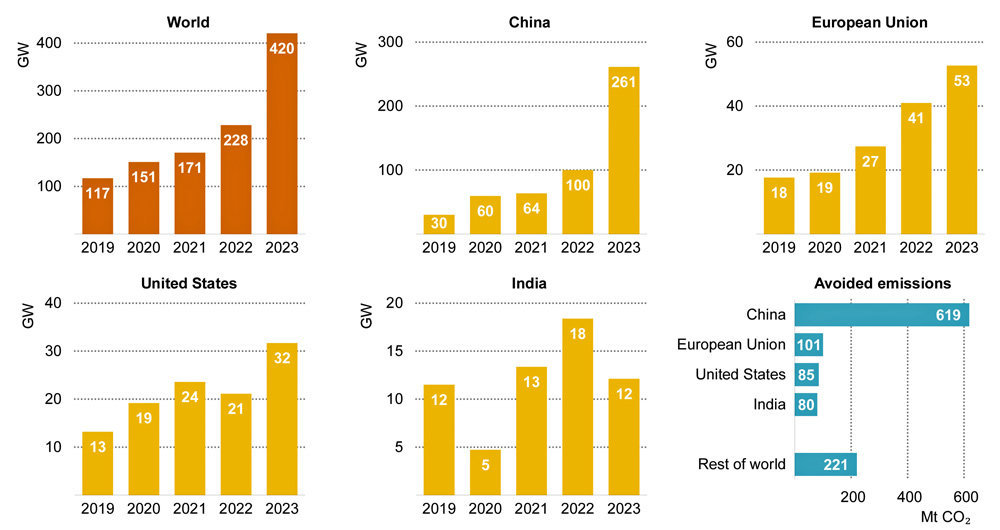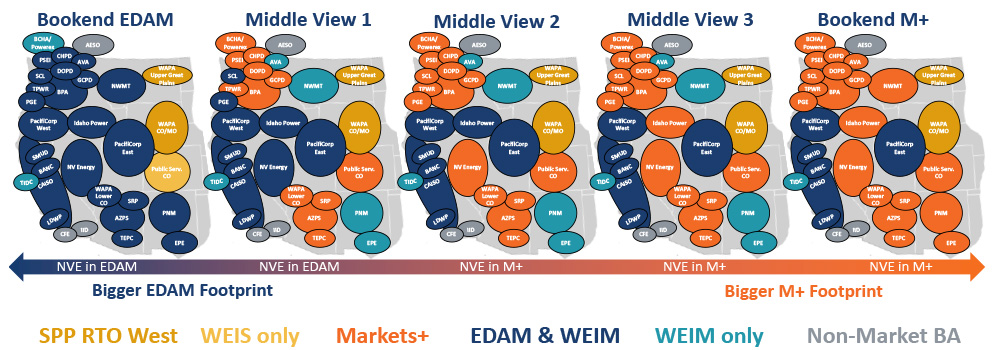Despite support from the U.S. Department of Energy, National Grid has backed out of a major project to significantly increase the two-way transmission capacity between New England and Quebec.
The news is a setback for efforts to increase bidirectional transmission connections between the regions, which could become increasingly important in coming decades as electricity demand increases and intermittent renewables proliferate.
A partnership between National Grid and the nonprofit Citizens Energy Corp., the Twin States Clean Energy Link was proposed as a 1,200-MW transmission line through Vermont and New Hampshire expected to cost about $2 billion.
The project was aimed at unlocking the potential of Canadian hydropower to fill in electricity gaps as intermittent renewable resources expand in New England. In this dynamic, New England would send power to Quebec during periods of renewable surpluses, while Quebec would send hydropower south during wind and solar lulls. (See Québec, New England See Shifting Role for Canadian Hydropower.)
While two under-construction transmission projects between Quebec and the Northeast U.S. (New England Clean Energy Connect and Champlain Hudson Power Express) are set to provide consistent baseload power to New England for decades, Twin States was focused on hydropower’s balancing potential.
“The cancellation of Twin States is a blow to New England’s decarbonization efforts,” said Emil Dimanchev, the co-author of a 2021 study that found increased bidirectional transmission capacity between regions would help reduce the timeline and cost of grid decarbonization.
Dimanchev said the news indicates existing power market structures do not provide enough incentives for forward-looking transmission investments that would provide long-term benefits.
He added that the project’s cancellation “is a symptom of the slow pace of wind build-out in New England. It shows us that there is a greater need for planning transmission and generation investments in a more coordinated fashion.”
National Grid declined to elaborate beyond a brief statement on the reasons for the cancellation.
“National Grid has determined that the project is not viable at this time,” the company wrote. “We will continue to pursue paths to building much-needed transmission capacity for the region and for our customers and communities.”
“While we respect National Grid’s decision to suspend development of the Twin States Clean Energy Link,” Citizens Energy President Joseph Kennedy III wrote in a statement, “we are disappointed to lose this vital opportunity to help New England meet its green energy goals.”
In October, DOE announced its intention to serve as an anchor off-taker for the project by purchasing up to 50% of the line’s capacity to reduce development risk. (See DOE to Sign up as Off-taker for 3 Transmission Projects.)
“It’s discouraging that a project that had such significant Department of Energy support could not make it across the finish line,” said Joe LaRusso of the Acadia Center. “Broader U.S.-Canadian cooperation and coordination is still needed, because in the future we are going to have to have a grid that spans the entire Northeast Power Coordinating Council reliability zone.”
New Hampshire officials expressed disappointment in response to the news. Donald Kreis, New Hampshire’s consumer advocate, called using Canadian hydropower to balance renewables an “intriguing idea,” but said the project’s cancellation shows the lack of a business case for new transmission lines between New England and Quebec.
“There is a need for more transmission capacity in New England, [but] the merchant model — at least as premised on moving more power out of Canada — seems to be unraveling as a viable proposition,” Kreis said.
In an op-ed written prior to the project’s cancellation, Kreis expressed concern about a legislative proposal for New Hampshire to contract up to 240 MW of the line’s capacity. Kreis said other states should step up to help fund the project.
“New Hampshire represents, at most, around 10 percent of New England’s electric consumption,” Kreis wrote. “If we are going to promise to fund a 1,200-megawatt transmission project intended to benefit the whole region, our fair share is, at most, 120 megawatts.”
Hydro-Quebec, which had not signed a commercial agreement related to the project, expressed its disappointment with the cancellation while reiterating the company sees significant potential in increased bidirectional electricity exchange.
Serge Abergel, COO of Hydro-Quebec’s U.S. operations, told RTO Insider the company will continue studying the potential of new two-way transmission projects.
As the deployment of intermittent renewables accelerates, “there’s no doubt that the future has some sort of bidirectional agreement in store for Quebec and its neighbors,” Abergel said, while emphasizing that the Twin States project was an early-stage attempt to build on hydropower’s balancing potential.
“We just don’t have enough information to convince people yet, nor do we have enough information to say this is not interesting,” Abergel added. “Our work goes on.”

